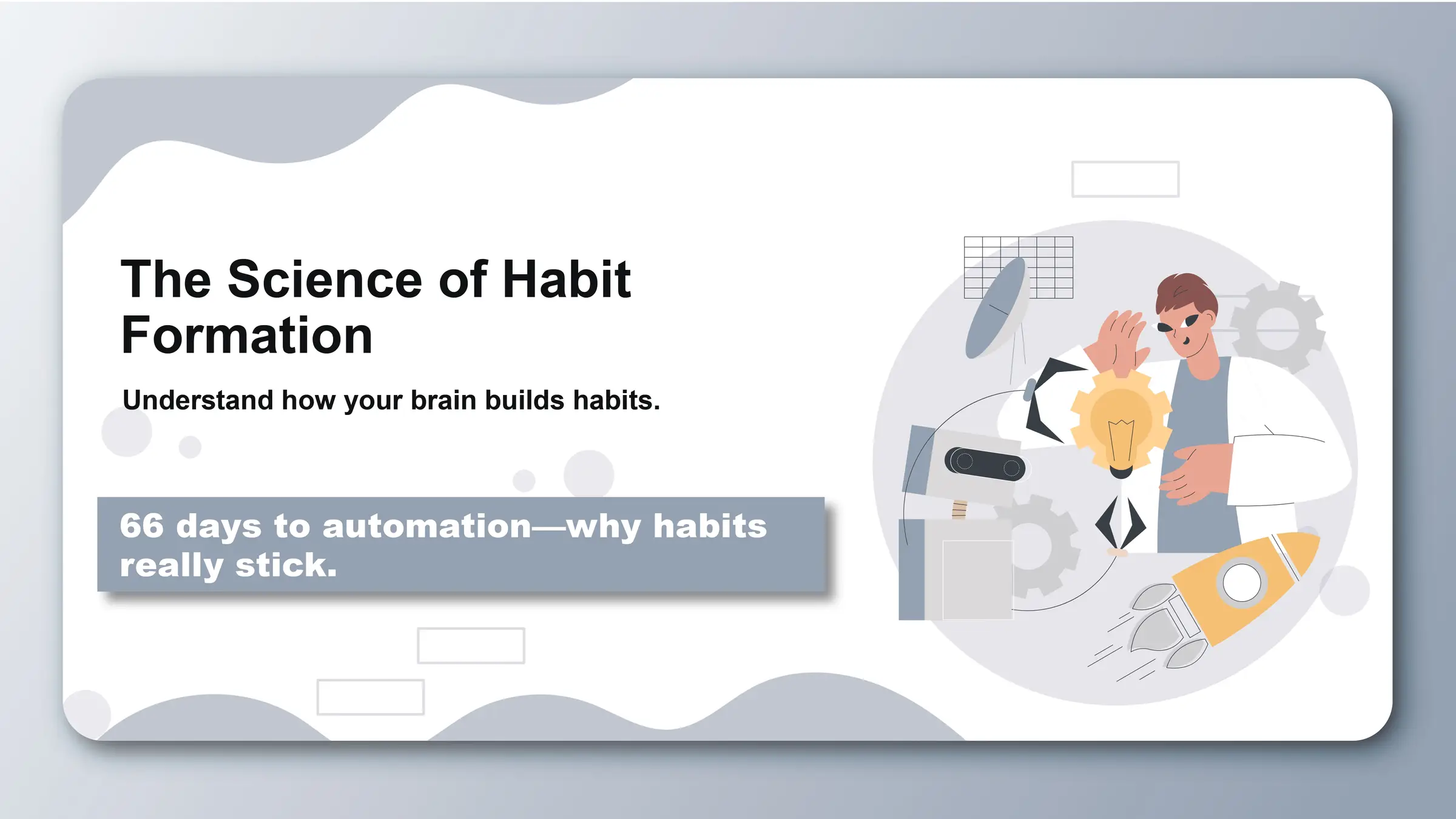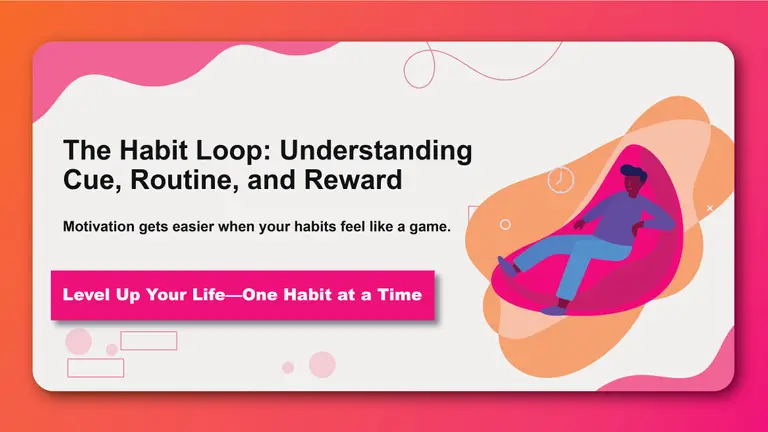Habits are the brain's way of being more efficient. When you perform an action repeatedly, your brain automates the process to save energy. Understanding the science behind how this works can give you a significant advantage in building good habits and breaking bad ones.
The Habit Loop: How Habits Work
Scientists have identified a neurological loop at the core of every habit. This loop consists of three, and sometimes four, stages. The concept was popularized by Charles Duhigg in "The Power of Habit" and later refined by James Clear.
- Cue: This is the trigger that tells your brain to initiate a behavior. It could be a time of day, a location, an emotional state, or the presence of other people. Your phone buzzing is a cue.
- Craving: This is the motivational force behind every habit. You don't crave the habit itself, but the change in state it delivers. You don't crave turning on the TV; you crave the feeling of being entertained or distracted.
- Response: This is the actual habit you perform, whether it's a thought or an action. It's the moment you pick up your phone after it buzzes.
- Reward: This is the end goal of every habit. The reward satisfies your craving and teaches your brain that this particular loop is worth remembering for the future. The entertainment you get from scrolling social media is the reward.
If a behavior is insufficient in any of these four stages, it will not become a habit.
How Long Does It Really Take to Form a Habit?
You have probably heard that it takes 21 days to form a new habit. This is a myth that originated from a misinterpretation of research from the 1960s.
More recent research by Phillippa Lally, a health psychology researcher at University College London, provides a more realistic timeline. In her study, published in the European Journal of Social Psychology, she found that it takes an average of 66 days for a new habit to become automatic.
However, the range in the study was wide—from 18 to 254 days. The time it takes depends on the person, the habit, and the circumstances. The key takeaway is that it takes longer than you probably think, so be patient with yourself. Consistency is more important than speed.
The Role of Dopamine
Dopamine is a neurotransmitter that plays a crucial role in habit formation. It is often called the "pleasure chemical," but its role is more about motivation and anticipation than pleasure itself.
Dopamine is released not only when you experience a reward but also in anticipation of a reward. This is what creates the craving. The anticipation of the reward is often more motivating than the reward itself. This is why the thought of checking your social media feed can be so distracting.
Understanding this helps explain why making habits attractive is so important. When we bundle a new habit with something we desire, we increase the dopamine spike associated with it, making us more likely to follow through.
The Plateau of Latent Potential
When you start a new habit, you expect to see linear progress. But in reality, the results of your efforts are often delayed. James Clear calls this the "Plateau of Latent Potential."
For the first few days, weeks, or even months, it can feel like you're not making any progress. This is where most people give up. However, if you stick with it long enough, you will eventually hit a breakthrough point where the results of your consistent efforts become visible.
Understanding this concept is crucial for staying motivated. You have to trust the process and know that your efforts are not being wasted; they are simply being stored.
Conclusion
Habit formation is a science. By understanding the habit loop, being realistic about the timeline, leveraging the power of dopamine, and persevering through the Plateau of Latent Potential, you can be more strategic and effective in making lasting changes in your life.



